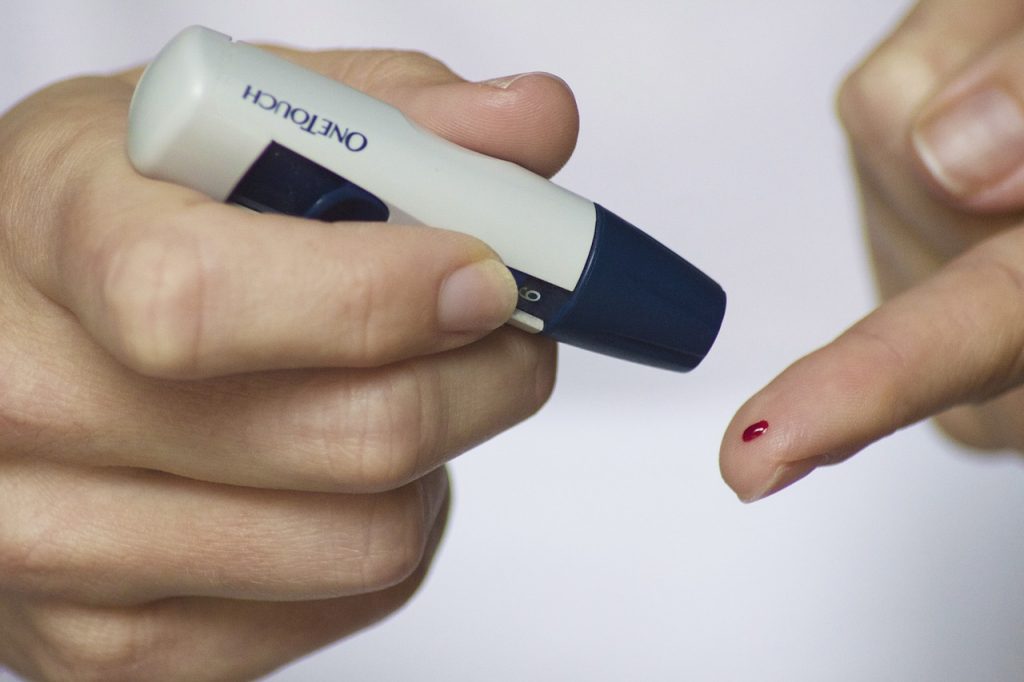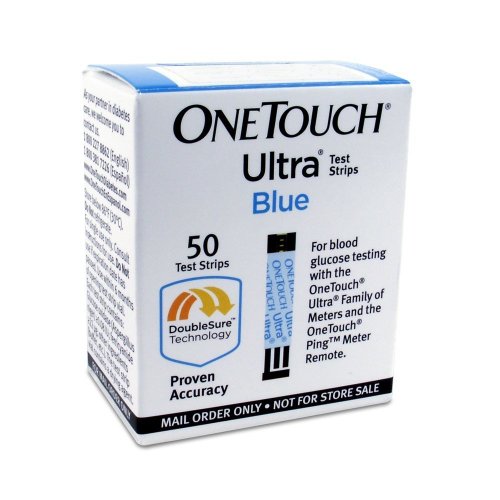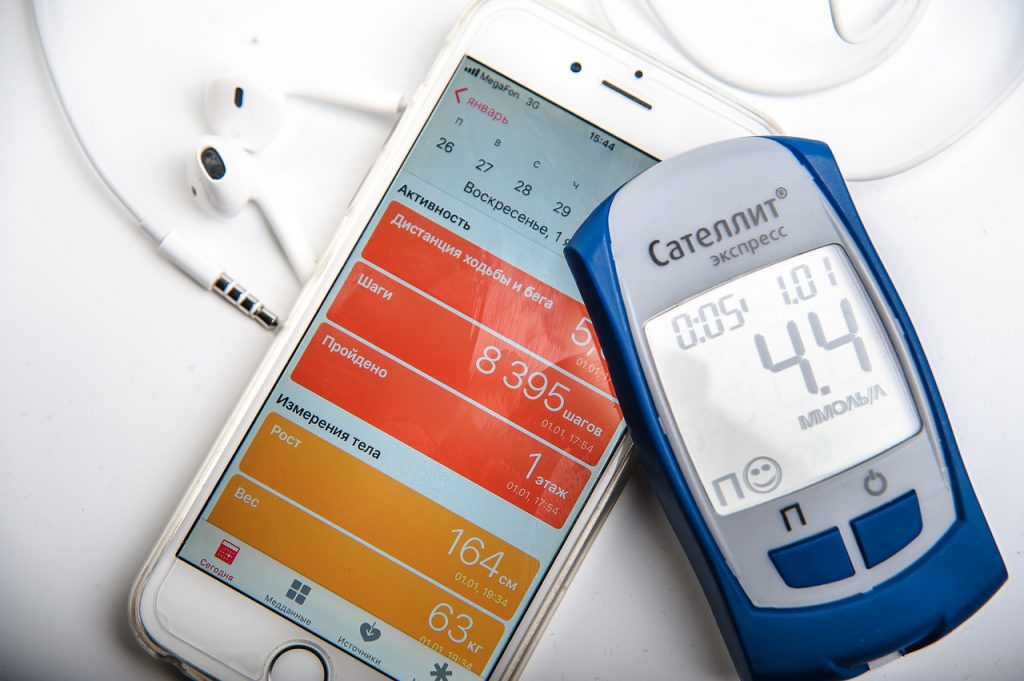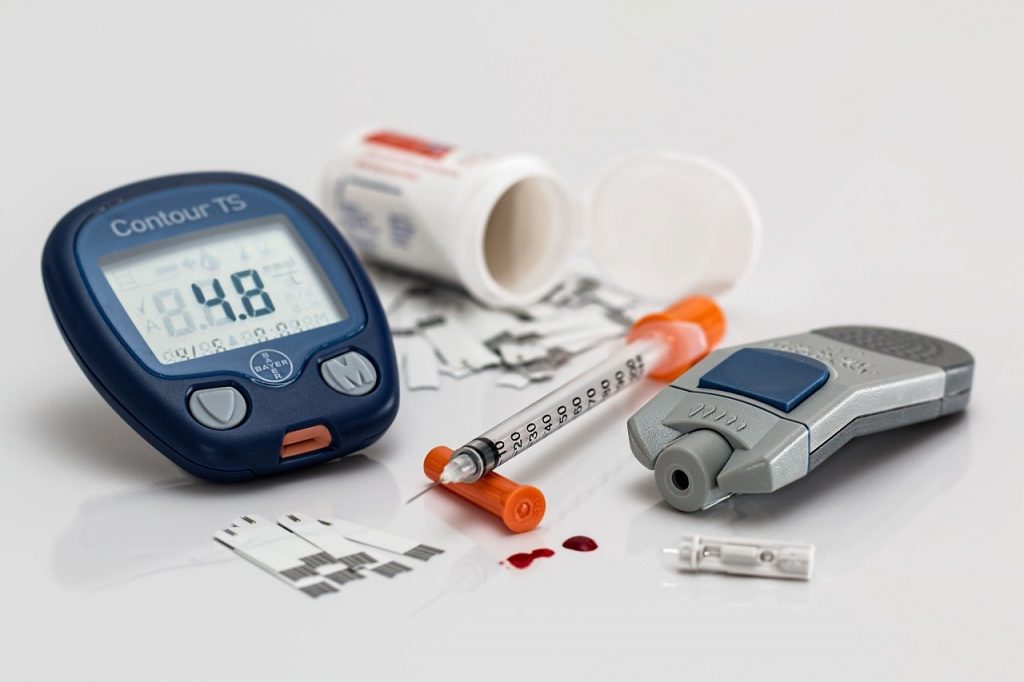Diabetics are constantly on the hunt for low calorie, low sugar recipes as part of an ongoing strategy for managing their disease. Recipes purporting to be beneficial for diabetics abound, but the biggest challenge is finding dishes that actually taste good. The problems are the same whether an individual likes meat or is following a vegan lifestyle. The difficulty is compounded if the individual is a “picky” eater.
An Internet search will return thousands of sites that claim to have the best, tastiest, most effective, or easiest to make recipes for diabetics. Individuals should be wary of websites that claim to have dessert recipes that use natural sweeteners such as honey. The body doesn’t distinguish between the sources of sugar. The body treats all sugars the same.
The best sources for diabetic recipes are medical websites such as the Mayo Clinic. The world-renowned medical center has recipes for appetizers, beverages, bread, desserts, dozens of main dishes, sauces and dressings, and soups, salads and sandwiches.
Another good source is the American Diabetes Association. The organization features recipes for those that prefer bland food to those with international zest. Low carb main dishes, sides and salads can be found, along with popular mail delivery meal kits that meet the needs of diabetics. Individuals can also sign up to have more recipes delivered to their inbox. The organization offers tips and a wealth of information for helping people manage their disease.
EatingWell is a website that has recipes for diabetics, along with tips and news about healthy eating as a sustainable model for health. Dozens of recipes are highlighted that include quick to make, smoothies, casseroles, those for slow cookers, regional cuisine, vegans, and recipes for holidays and special occasions. A special section is dedicated to diabetic recipes and some in other categories are also appropriate for those with diabetes.
If you would like to find out about earning cash for your unwanted, unused and boxed test strips, complete our online quote form today.
If you have extra, unopened and unused boxes of diabetic test strips – whether you have switched brands, no longer need to test or test less frequently, or have a loved one who has passed away – don’t let them gather dust until they’ve expired and end up in the trash. We’re the best place to sell diabetic test strips online, and if you want to sell your test strips, we’re here to make the process easy and enjoyable!
Visit us at Sell Your Test Strips and get your free quote today!
Like us on Facebook










